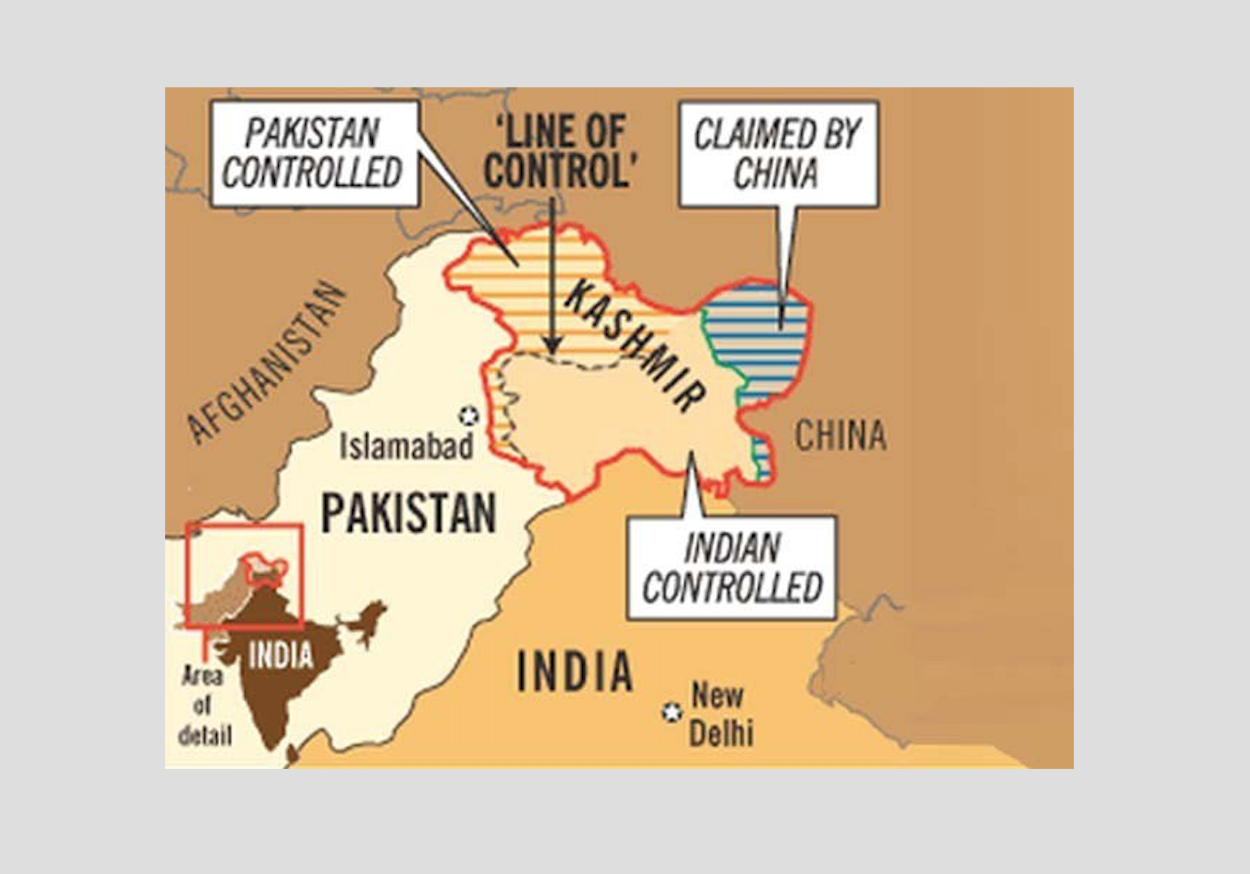The Moon
The Moon (Latin: Luna) is Earth’s only natural satellite and the fifth largest satellite in the Solar System.
The average centre-to-centre distance from the Earth to the Moon is 384,403 km, about thirty times the diameter of the Earth. The common centre of mass of the system (the barycentre) is located about 1,700 km—a quarter the Earth’s radius—beneath the surface of the Earth.
The Moon makes a complete orbit around the Earth every 27.3 days (the orbital period), and the periodic variations in the geometry of the Earth–Moon–Sun system are responsible for the lunar phases that repeat every 29.5 days (the synodic period).
The Moon’s diameter is 3,474 km, a little more than a quarter of that of the Earth. Thus, the Moon’s surface area is less than a tenth that of the Earth (about a quarter the Earth’s land area, approximately as large as Russia, Canada, and the United States combined), and its volume is about 2 percent that of Earth. The pull of gravity at its surface is about 17 percent of that at the Earth’s surface.
The Moon is the only celestial body to which humans have traveled and upon which humans have performed a manned landing. The first artificial object to pass near the Moon was the Soviet Union’s Luna 1, the first artificial object to impact the lunar surface was Luna 2, and the first photographs of the normally occluded far side of the Moon were made by Luna 3, all in 1959. The first spacecraft to perform a successful lunar soft landing was Luna 9, and the first unmanned vehicle to orbit the Moon was Luna 10, both in 1966.
The United States (U.S.) Apollo program achieved the only manned missions to date, resulting in six landings between 1969 and 1972.
Human exploration of the Moon ceased with the conclusion of the Apollo program, although a few robotic landers and orbiters have been sent to the Moon since that time. Several countries have announced plans to return humans to the surface of the Moon in the 2020s.
Two sides of the Moon
The Moon is in synchronous rotation, which means that it rotates about its axis in the about the same time it takes to orbit the Earth. This results in it keeping nearly the same face turned towards the Earth at all times.
The Moon used to rotate at a faster rate, but early in its history, its rotation slowed and became locked in this orientation as a result of frictional effects associated with tidal deformations caused by the Earth.
Small variations (libration) in the angle from which the Moon is seen allow about 59% of its surface to be seen from the Earth (but only half at any instant).
The side of the Moon that faces Earth is called the near side, and the opposite side the far side.
The far side is often inaccurately called the “dark side,†but in fact, it is illuminated exactly as often as the near side: once per lunar day, during the new moon phase we observe on Earth when the near side is dark.
The far side of the Moon was first photographed by the Soviet probe Luna 3 in 1959. One distinguishing feature of the far side is its almost complete lack of maria.
11-17















2009
885 views
views
0
comments